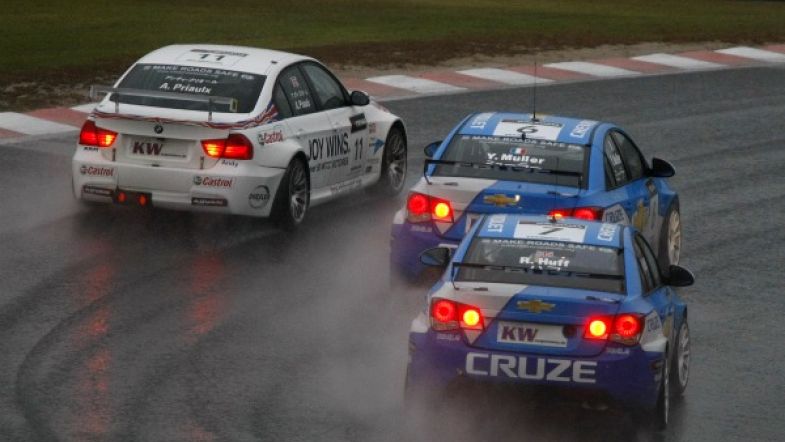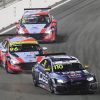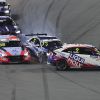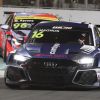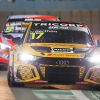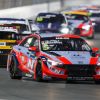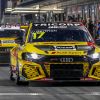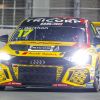Analysis: New qualifying format
The WTCC is introducing a new qualifying format for 2011, which will see both race grids decided as a result of times set within the Saturday (or Friday) qualifying session, which will have an interesting effect on the dynamic of the series.
It’s a move which some could say is a quick-fire response to two instances this year when Alain Menu was deemed to have fallen back to gain grid position for race two. The stewards had to find a regulation to punish the Swiss driver, finding a sporting clause to find Menu guilty of fraud before awarding the Chevrolet driver minor penalties for the transgressions.
The new for 2011 system will look at the results from the first segment of qualifying, where all competitors take part, take the top ten and then reverse them to set the grid for race two. Race one’s grid will continue to be set by a further section of qualifying, where only the top ten go on to compete, and the fastest time will be awarded pole, much like the system used in Formula One.
This means that for the first time in WTCC (and ETCC) history, it’s entirely possible for the same driver to be on pole position for both races, though very difficult to achieve deliberately.
With both grids set during the qualifying session, this will have a significant effect on how teams plot their race day strategy as well. If a driver has a prominent grid position for race two, they’re likely to be a lot more cautious and avoid taking risks in the first race for example.
How drivers approach Q1 itself is also very likely to change. Setting the fastest time as quickly as possible is the current approach. By setting that benchmark straight away, the driver doesn’t have worry later in the session – but that won’t be the best strategy anymore, even if it’s the simplest.
Going out and setting a time good enough for the top ten, but not too good, and so to end up further down the top ten at the end of Q1 would mean the driver would have a solid grid position for race two. They can turn the wick up in Q2 and go for pole for race one.
Qualifying as close to ‘the bubble’ as possible in Q1 will therefore become the best tactic. If the field is too close in terms of performance, it’s not worth risking going out in Q1 with that as your exact approach – as a fortunate lap from a competitor could knock the driver down to 11th, and that’s where they’ll start both races.
If however, there’s a gap in performance where the top 8/9 cars are significantly faster than the rest of the pack, drivers will most certainly try and set times to targets to be just ahead of that pack, and the field will squabble to be the slowest of the lead group for Q1.
With the average starting position across both races raised for the front-running driver, and finishing at the back of the top ten no longer an advantage, higher points and more repeat winners is far more likely in 2011.
It’s also likely that had this system been in place for this season, it would have likely hurt BMW, who’ve struggled for pace in qualifying. Six of BMW’s seven wins this year have come from the second race, taking advantage of the reverse race result grid system.
